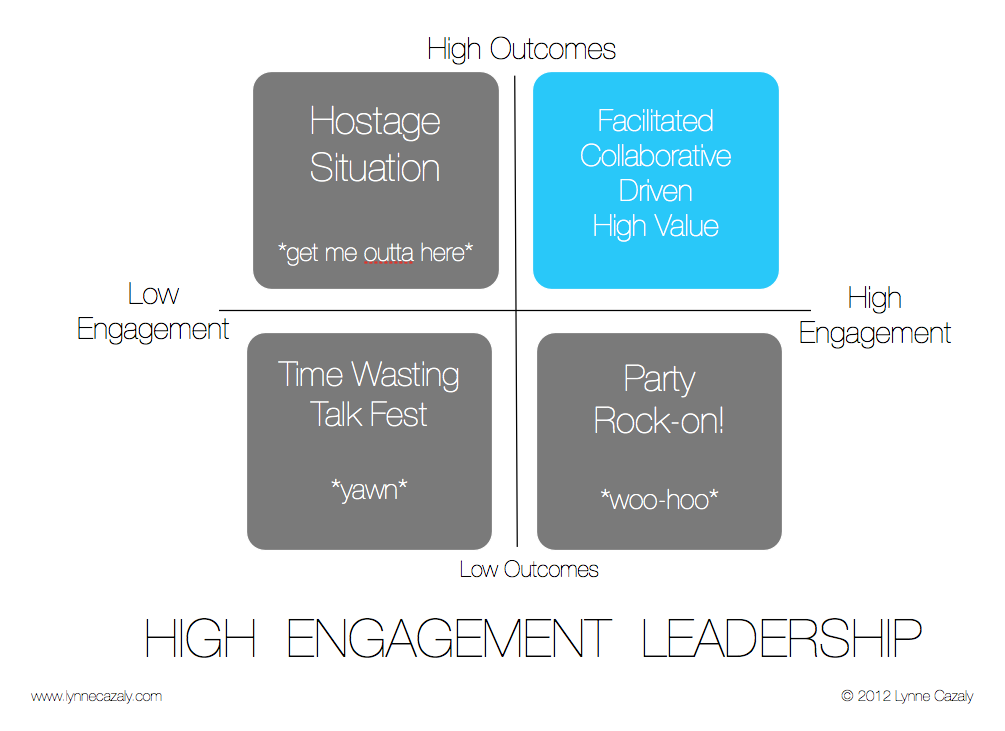Six minutes in 80
 Wednesday, June 12, 2013 at 8:16PM
Wednesday, June 12, 2013 at 8:16PM
A strategic team day and an agenda that's full of tasks, activities, discussions and outcomes. But not enough time for breaks?
Six minutes in 80 - that's a guide for an optimal break vs activity ratio.
Why are so many leaders pushing for overflowing agendas? Is it that breaks are seen as time wasting or time off from the 'real' work at hand?
Maybe leaders think they have to get their money's worth from their people, the venue they've hired and all the audio visual equipment that's whirring away in the room.
Or they're concerned they just won't get to where they need to get to in this 'one magical silver bullet make it all happen' day... if they don't push on, rush and make 'em keep working.
Let go of control and allow breaks, schedule breaks and be generous with break time. Productivity is boosted, fatigue is reduced, alertness is improved. You can achieve so much during a break.
This infographic, about the value of taking breaks is a great reminder of the 'why' you need to pause occasionally and it's right there, the 6 minutes in 80 ratio suggestion.
Even two minutes to stand and stretch is better than pushing on through.
Next meeting, workshop, team session : schedule breaks. You'll get more out of the day, the team, the outcomes.



















